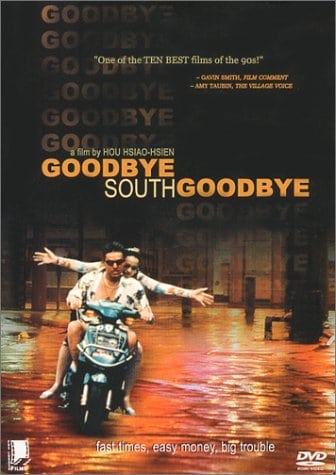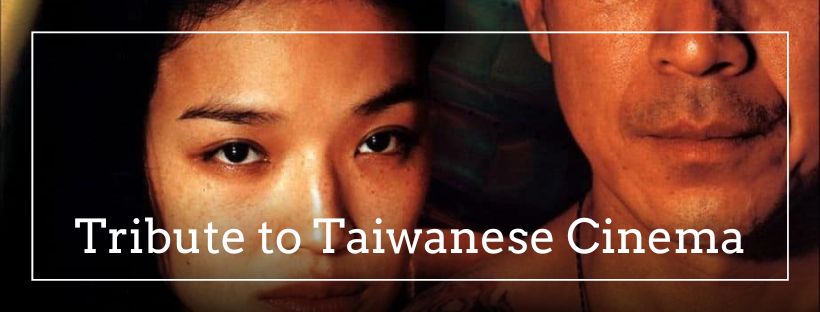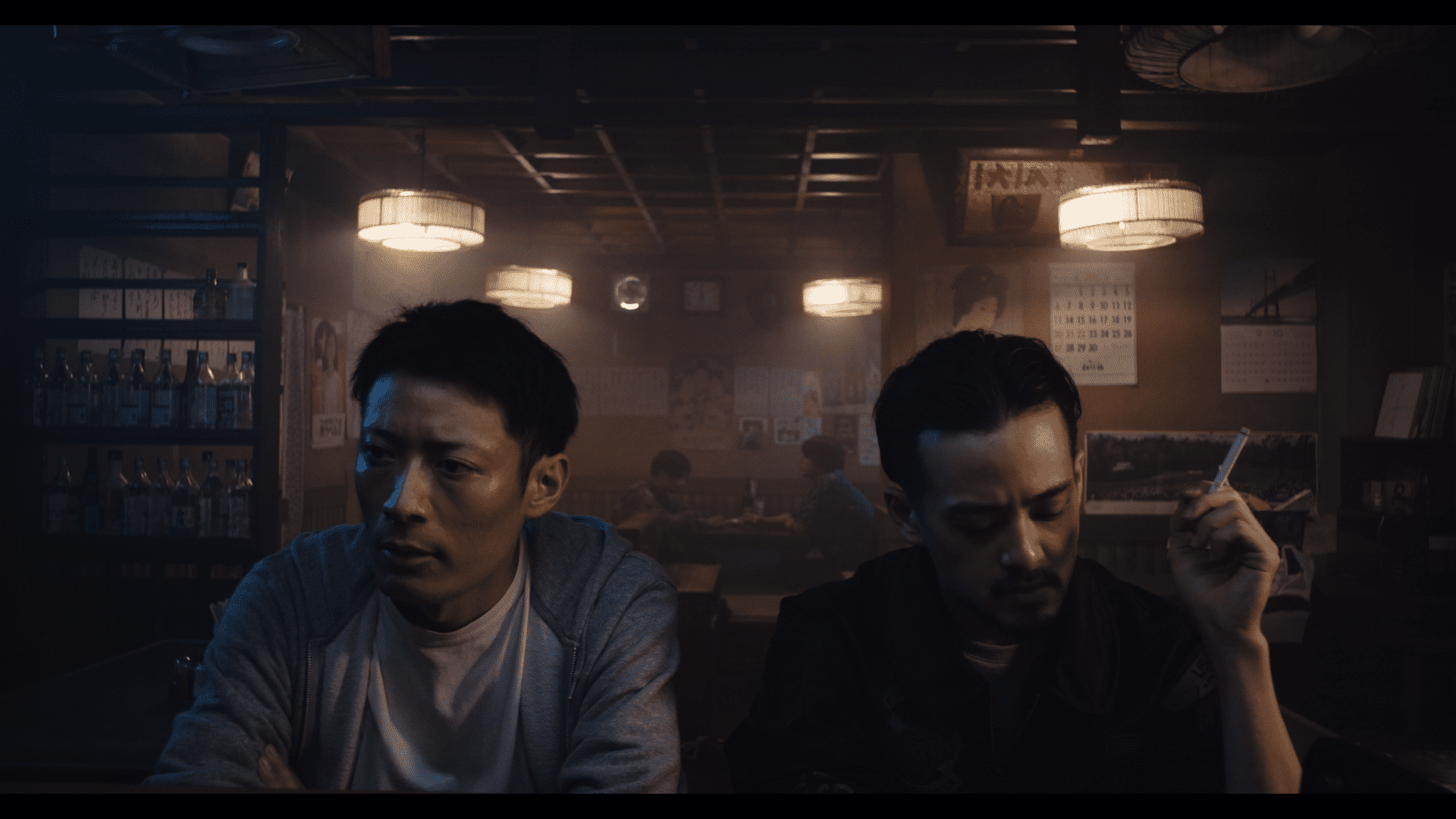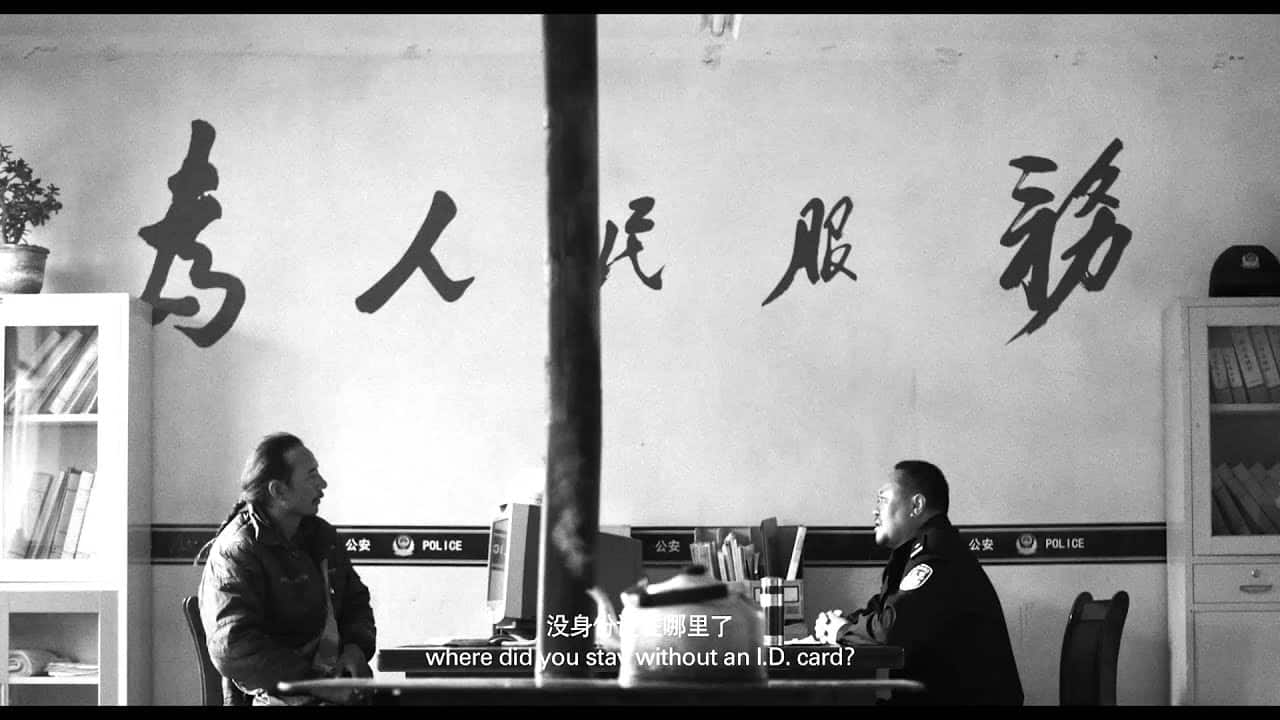Taiwan cinema has presented some of the best entries in the realistic/arthouse gangster film genre, with movies like “Dust of Angels”, “The Great Buddha+” and “Godspeed” highlighting the fact quite eloquently. Another standout of this approach is definitely “Goodbye South, Goodbye” a film, however that was the last of the Taiwanese auteur that was not successful.
Buy This Title
on Amazon by clicking on the image below
Gao, an entrepreneur/gangster, rides the train to Pinghsi to set up an illegal gambling parlor, along with his friend Hsi. Also with them is his acolyte Flatty and his girlfriend, Pretzel, who works in a nightclub. Ying, Gao's girlfriend works in the same club but she does not like the people he associates with, considering them dangerous. Gao has already agreed with Hsi to open a nightclub in Shanghai but Ying pressures him to stay in Taiwan, to open a restaurant together. As the lives of the gang revolve around a succession of schemes to get rich quick, eventually including raising pigs in a land compensation scheme, the way corruption works in the country and how the politicians are involved becomes quite apparent.
Hou Hsia-hsen implements a style in “Goodbye South, Goodbye” that occasionally appears as Lynchean, occasionally as documentary-like, with the mixture of the two, however, presenting some issues. Regarding the first aspect, there are numerous scenes of moving vehicles, including, apart from the ever-present trains, cars and motorcycles. The introductory scene is indicative of this style, also because it includes a rather unusual music track for Hou's oeuvre, which moves into electronic/noise territory, is actually heard throughout the movie, and is definitely Lynchean. The frequent splash of color in these scenes, in green or red, also points towards the same path, in a style that is quite impressive, as is Mark Lee Ping Bing and Chen Hwai-en's cinematography in these sequences, which are quite lengthy on occasion.
It is one of the few works in Hou's oeuvre to include so much movement, a tactic that he was obviously not comfortable with, despite the fact that some of them, as in the one where the camera follows a car and some motorcycles through a forest, in the rain, are quite impressive. When the movie, though, becomes more documentary-like, particularly in interior, frequently cramped spaces, it is where Hou truly thrives, with the way he presents the dynamics between the characters while inducing the scenes with drama being quite impressive to watch. Particularly the one-on-ones between the men and their girlfriends are where the movie finds its apogee.
At the same time, the fact that all the characters are on a constant downward spiral, and are essentially losers that cannot get a break, results in an approach that is both realistic and entertainingly dramatic, with their story being quite interesting from beginning to end. The episodic approach is here once more, although toned down in comparison with films such as “Dust in the Wind”. Nevertheless, some of the episodes stand out intensely, particularly the violent ones, with the beating one in particular being quite shocking to watch. Liao Ching-Song's editing combines them nicely, through a pace that is occasionally quite fast, again in contrast with Hou's usual style.
The lives of the protagonists are implemented in order to highlight how corruption works in the country, with the politicians and the police being on top, and criminals of the caliber of the protagonists frequently used as fodder. Jack Kao as Gao is quite good in this approach and his interactions with Hsu Kuei-Ying's Ying are quite memorable. The same applies to Lim Giong as Flathead and Annie Shizuka Inoh's Pretzel, with the chemistry of the cast being quite good throughout.
Although the aforementioned, individual cinematic approaches are rather good when seen in standalone fashion, the same does not apply to the film as a whole, which occasionally looks like two different directors shot it. That Japanese Shochiku was involved in the production may have something to do with that, but the result is that the movie is uneven, even if Hou does not fall particularly lower than his usual standards. “Goodbye South, Goodbye” is definitely not among his best works, though.

















